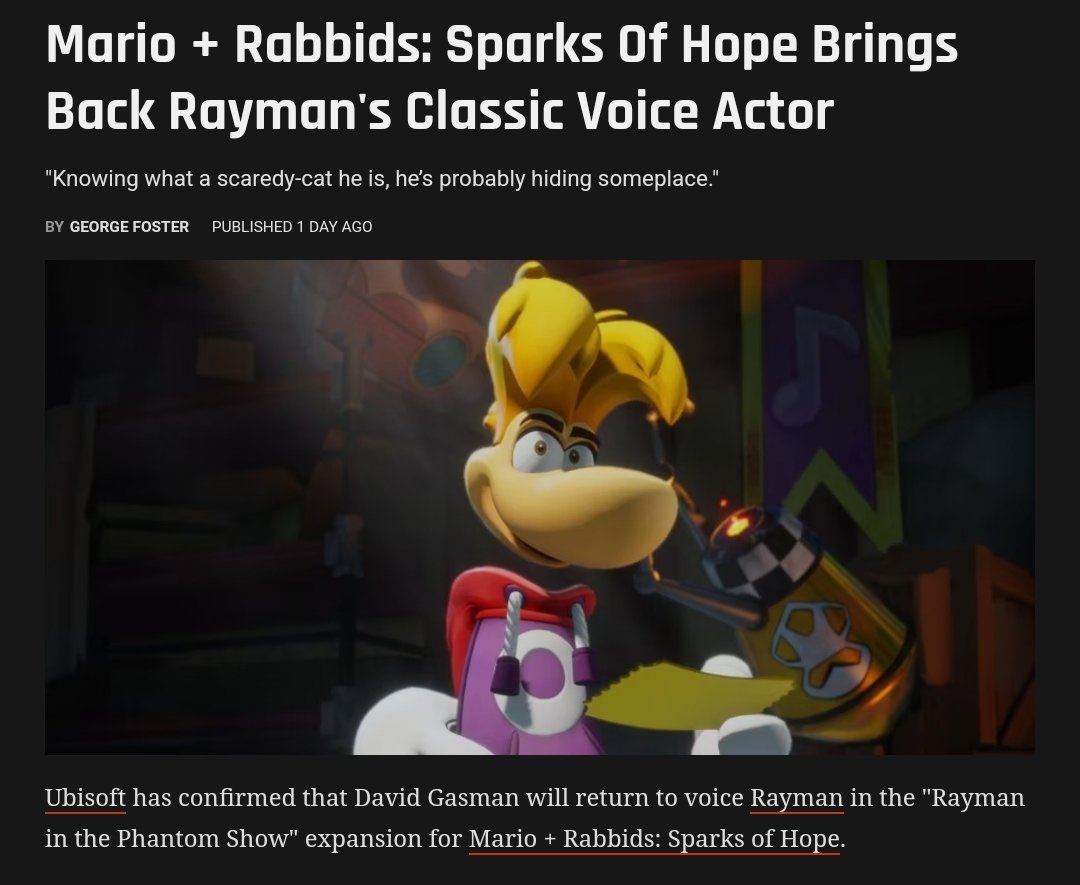Wally can also be short for Walter.Meaning and origin of another Pokemon character's name:
https://nameberry.com/babyname/lance
Btw, there's a lot of shortened names in the Pokemon franchise. Lance is short for Lancelot. Archie is short for Archibald. Maxie is short for Maximillian. Wally is short for Wallace (they probably called him Wally to distinguish him from Sootopolis Gym Leader Wallace, because apparently there are two Wallaces in this franchise). Barry can be short for a number of different names like Barrington or Bartholomew. Gary is short for Garrett, or Garrard, the older form of Gerald. Or some other "Gar" name. The Welsh matching name of Garth may also have been shortened that way.
Morty is short for Mortimer. Sordward and Shielbert's actual names are most probably Edward and Gilbert. Lillie is short for Lillian or Elizabeth or perhaps Lusamine Jr. (if sons can be named after their fathers, then daughters can be named after their mothers). Marnie is short for Marion or Marna (Marina). Leon is short for Leonard or Leopold or Leonel. Penny can be short for a number of different names like Penelope, Pandora, Paulina, Penina, Peony, Persephone, Petrona, Petunia, Peyton. And that's just a few examples, there are many other shortened names in the Pokemon franchise.
Take care and have a nice day folks,
Kat.
If you really want your mind blown, try going through genealogies of just your own family name. If they've been Anglicized, like say a surname is Anderson, and you come across Andersson, most people are quick to assume that those two people aren't related, when they very well could be.
Even historical figures were kinda.... whatever with the spelling of their names, and English is still this way to this day.



















